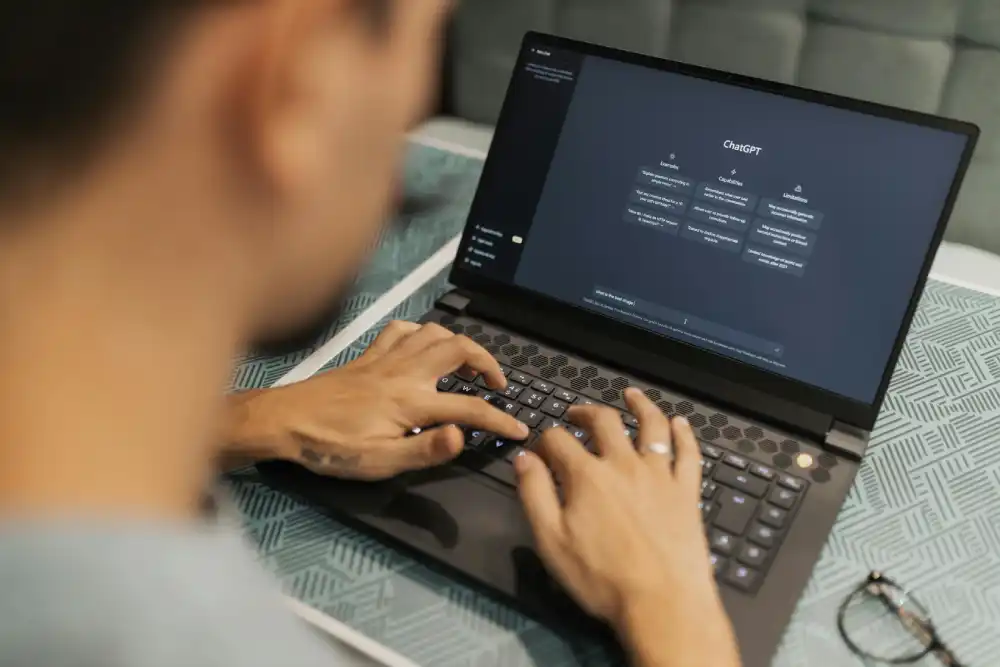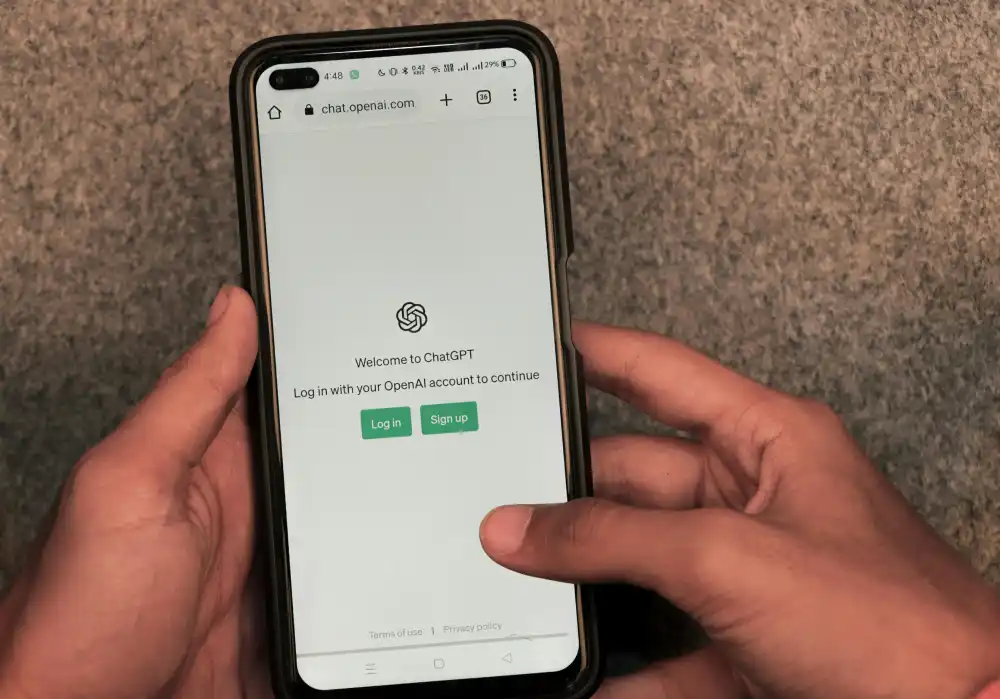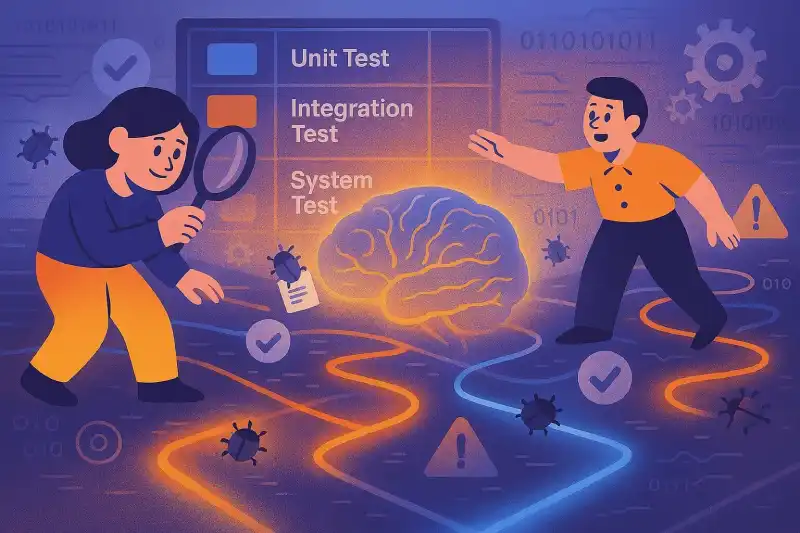Adarsh explores OpenAI’s largest study to date about how people are interacting with ChatGPT…
OpenAI recently released its latest study on over 1.5 million human interactions with ChatGPT. The study – while bring released in a privacy preserving manner – shone light on how the nature of engagement between humans and AI has changed over the years.
This is no longer about early adopters, niche groups or tech enthusiasts. People of both genders, from high-income as well as low- and middle-income countries are now using ChatGPT for professional and personal reasons.
This shift has underlined OpenAI’s firm belief that “access to AI should be treated as a basic right.”

Who’s Using ChatGPT?
One of the main highlights of the study is how the demographic gaps have reduced. In January 2024, only 37% of users were women (among users whose names could be gender classified). But that number has risen to 52% by mid-2025. This shows that there is a major reduction in gender disparity as far as access to and usage of AI are concerned.
Similarly, usage has increased four folds in lower-income countries. This is great news as this shows that the barrier to entry has lowered significantly and everyone has access to the tool, not just the privileged ones.

What are People doing with ChatGPT?
According to OpenAI’s study, usage of ChatGPT can be categorised broadly into three categories:
- Asking
About 49% of all ChatGPT usage falls under ‘asking’. The questions range from advice and information to clarifications. These users treat ChatGPT as a virtual advisor or helper when it comes to everyday decisions.
- Doing
Around 40% of usage comes to performing tasks. This could be anything like drafting text, making plans, writing code or generating content. For users who are in knowledge intensive roles, ChatGPT is a great aid.
- Expressing
The remaining 11% leans towards creative, reflective or playful uses, ranging from journaling and brainstorming to exploring ideas or modifying cooking recipes.
The usage is also layering over time. Users begin with questions which then transitions into tasks and ends with expressing ideas and opinion.

Evolution & Economic Value
The study also shows that ChatGPT’s value isn’t necessarily restricted to economics in the traditional sense of the word. Only 30% of all usage is work related, the rest of the 70% or so is personal or non-work related. And both are growing steadily.
When it comes to professional work, ChatGPT acts as a “decision-support tool, helping sharpen judgment, speed up writing or planning tasks and reduce friction in knowledge work.” And when it comes to personal work, it helps users in “everyday decision-making, learning, curiosity, and problem-solving.”
This two-pronged role of workplace assistance along with personal convenience is the sweet spot that ChatGPT currently occupies and thrives in. ChatGPT’s actual contribution and value when it comes to metrics like GDP is invisible. All the extra time that is saved, the increased confidence in decisions and the creative uplift are harder to quantify.

The Last Word
Anyone who uses ChatGPT once and sees its merits is bound to come back. Very few people use it once to never return. Which means that it has a very high retention rate and as access to internet and smartphones increase in lower-income countries, the adoption is also increasing at a high rate.
As OpenAI continues to make improvements, release new features and ship newer capabilities, the rate of usage is only going to increase. As people embed ChatGPT into their daily professional and personal life, it is on its way to becoming an integral part of everyday life. If it isn’t already.
In case you missed:
- Suicide Notes, Extreme Diet Plans: ChatGPT’s Unfiltered Answers to Teens
- Grok 3 vs ChatGPT: Which One Should You Pick & Why?
- Mary Meeker’s AI Report: ChatGPT is Growing Faster than Google Search
- Reliable & Faster but Divisive: The GPT-5 Verdict
- Target, NVIDIA Best Tech Workplaces in India, Amazon, InMobi among Worst
- AI Chaos: Why OpenAI, Google and Microsoft Keep Shifting Strategies
- Why You Should Never Reuse Passwords
- OpenAI is now Focussing on Superintelligence!
- Google launches ‘Cheap AI’ to Combat Rising Costs & Chinese Competition
- WhatsApp adds New Document Scanning Feature










